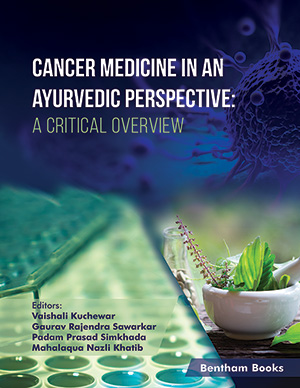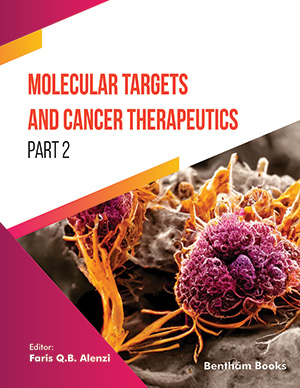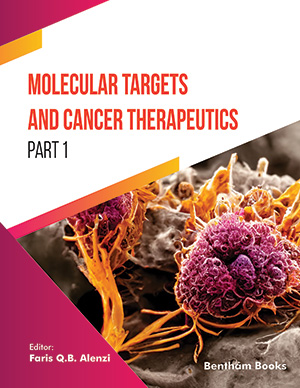Abstract
Introduction: Low-energy proximal femur fractures in elderly patients result from factors, like osteoporosis and falls. These fractures impose high rates of economic and social costs. In this study, we aimed to build predictive models by applying machine learning (ML) methods on radiomics features to predict low-energy proximal femur fractures.
Methods: Computed tomography scans of 40 patients (mean ± standard deviation of age = 71 ± 6) with low-energy proximal femur fractures (before a fracture occurs) and 40 individuals (mean ± standard deviation of age = 73 ± 7) as a control group were included. The regions of interest, including neck, trochanteric, and intertrochanteric, were drawn manually. The combinations of 25 classification methods and 8 feature selection methods were applied to radiomics features extracted from ROIs. Accuracy and the area under the receiver operator characteristic curve (AUC) were used to assess ML models' performance.
Results: AUC and accuracy values ranged from 0.408 to 1 and 0.697 to 1, respectively. Three classification methods, including multilayer perceptron (MLP), sequential minimal optimization (SMO), and stochastic gradient descent (SGD), in combination with the feature selection method, SVM attribute evaluation (SAE), exhibited the highest performance in the neck (AUC = 0.999, 0.971 and 0.971, respectively; accuracy = 0.988, 0.988, and 0.988, respectively) and the trochanteric (AUC = 1, 1 and 1, respectively; accuracy = 1, 1 and 1, respectively) regions. The same methods demonstrated the highest performance for the combination of the 3 ROIs’ features (AUC = 1, 1 and 1, respectively; accuracy =1, 1 and 1, respectively). In the intertrochanteric region, the combination methods, MLP + SAE, SMO + SAE, and SGD + SAE, as well as the combination of the SAE method and logistic regression (LR) classification method exhibited the highest performance (AUC = 1, 1, 1 and 1, respectively; accuracy= 1, 1, 1 and 1, respectively).
Conclusion: Applying machine learning methods to radiomics features is a powerful tool to predict low-energy proximal femur fractures. The results of this study can be verified by conducting more research on bigger datasets.
Keywords: Radiomics, machine learning, low-energy fracture, computed tomography, osteoporosis, proximal femur.
[http://dx.doi.org/10.1093/ageing/32.1.74] [PMID: 12540352]
[http://dx.doi.org/10.1001/jama.285.21.2736] [PMID: 11386929]
[http://dx.doi.org/10.1302/0301-620X.74B2.1544952] [PMID: 1544952]
[http://dx.doi.org/10.1007/s11657-013-0157-9] [PMID: 24150727]
[http://dx.doi.org/10.1016/S0140-6736(96)01440-7] [PMID: 8684153]
[http://dx.doi.org/10.1002/jbmr.5650081008] [PMID: 8256658]
[http://dx.doi.org/10.1371/journal.pone.0209203] [PMID: 30640907]
[http://dx.doi.org/10.1016/S0140-6736(02)08657-9] [PMID: 12049882]
[http://dx.doi.org/10.1002/jmri.26280] [PMID: 30252971]
[http://dx.doi.org/10.1097/BOR.0000000000000607] [PMID: 31045948]
[http://dx.doi.org/10.1155/2015/189769] [PMID: 25815042]
[http://dx.doi.org/10.1161/CIRCULATIONAHA.115.001593] [PMID: 26572668]
[http://dx.doi.org/10.1148/rg.2017160130] [PMID: 28212054]
[http://dx.doi.org/10.1007/s11547-018-0966-4] [PMID: 30607868]
[http://dx.doi.org/10.1016/j.ejmp.2017.10.008] [PMID: 29329660]
[http://dx.doi.org/10.18502/ijph.v48i1.811] [PMID: 30847331]
[http://dx.doi.org/10.1007/s11547-020-01169-z] [PMID: 32193870]
[http://dx.doi.org/10.1016/j.jmir.2018.12.002] [PMID: 31176433]
[http://dx.doi.org/10.1016/j.mehy.2019.109415] [PMID: 31586813]
[http://dx.doi.org/10.1007/s00198-019-04924-9] [PMID: 30903208]
[http://dx.doi.org/10.1007/s00198-019-05086-4] [PMID: 31372710]
[http://dx.doi.org/10.1016/j.ejrad.2019.05.009] [PMID: 31153568]
[http://dx.doi.org/10.1016/j.ijrobp.2018.05.053] [PMID: 30170872]
[http://dx.doi.org/10.1016/j.jocd.2017.06.017] [PMID: 28712984]
[http://dx.doi.org/10.1016/j.bone.2017.07.029] [PMID: 28778598]
[http://dx.doi.org/10.1016/S0140-6736(12)60815-0] [PMID: 22681860]
[http://dx.doi.org/10.1136/bmj.f2360] [PMID: 23694687]
[http://dx.doi.org/10.18632/oncotarget.18001] [PMID: 28599282]
[http://dx.doi.org/10.1093/bioinformatics/btm344]
[http://dx.doi.org/10.1148/radiol.2015151169] [PMID: 26579733]
[http://dx.doi.org/10.1016/S2255-4971(15)30322-0] [PMID: 27027070]
[http://dx.doi.org/10.1016/S2214-109X(17)30222-X] [PMID: 28666814]
[http://dx.doi.org/10.1007/s00198-019-04910-1] [PMID: 30830261]
[http://dx.doi.org/10.1007/s00198-014-2794-2] [PMID: 25182228]
[http://dx.doi.org/10.1007/s11606-015-3349-8] [PMID: 25986135]
[http://dx.doi.org/10.1111/j.1525-1497.2005.0157.x] [PMID: 16117754]
[http://dx.doi.org/10.1089/jwh.2012.3812] [PMID: 23140203]
[http://dx.doi.org/10.1002/jbmr.3120] [PMID: 28256741]
[http://dx.doi.org/10.1016/j.diii.2020.01.008] [PMID: 32033913]
[http://dx.doi.org/10.1109/IJCNN48605.2020.9207389]
[http://dx.doi.org/10.3233/XST-200654] [PMID: 32390645]



























